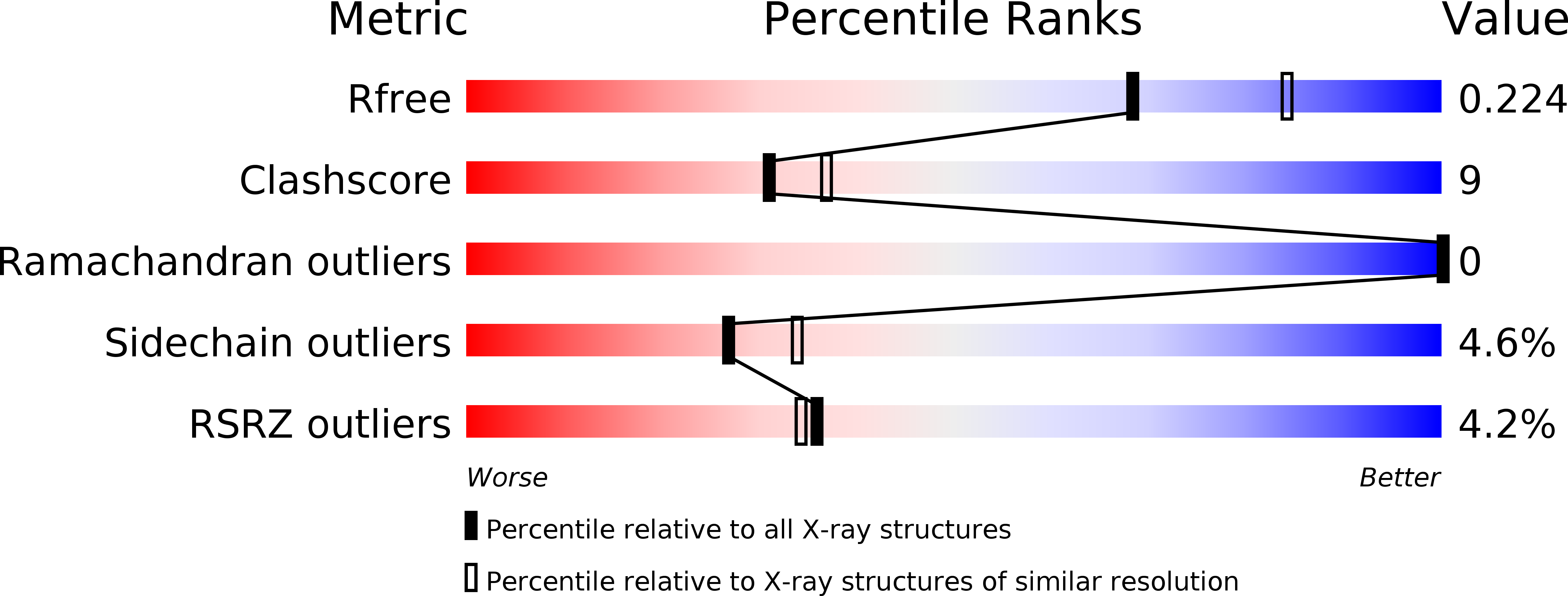
Deposition Date
2010-10-19
Release Date
2010-11-03
Last Version Date
2024-05-08
Entry Detail
PDB ID:
2XUL
Keywords:
Title:
Structure of PII from Synechococcus elongatus in complex with 2- oxoglutarate at high 2-OG concentrations
Biological Source:
Source Organism:
SYNECHOCOCCUS ELONGATUS (Taxon ID: 1140)
Host Organism:
Method Details:
Experimental Method:
Resolution:
2.20 Å
R-Value Free:
0.22
R-Value Work:
0.17
R-Value Observed:
0.18
Space Group:
P 21 21 21


